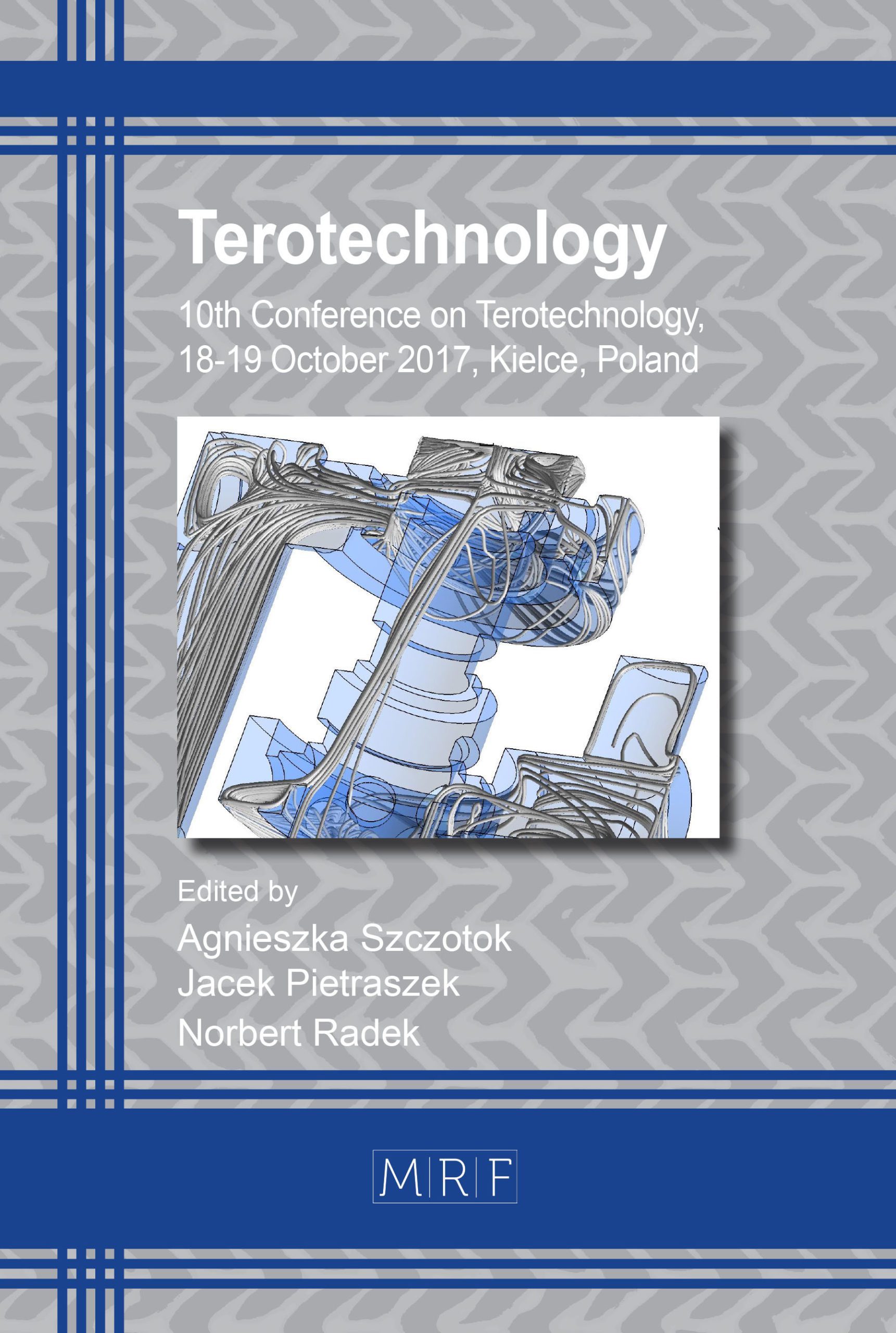Stay-in-Place Formworks Applied in Civil Engineering – Requirements and Scope of the Control
BROZDA Kinga, SELEJDAK Jacek
download PDFAbstract. Formworks are an inseparable element of the building and engineering structures shaping, which are implemented in technology of the monolithic concrete. This article attempts to collect information related to construction and material, as well as utility conditions which formworks should meet. Particular attention was paid to issues related to the use of SIP (stay-in-place) formwork systems. General requirements and functions that should be met by formworks (especially SIP formworks) are discussed, with an indication of loads acting on those formworks. In addition, the scope of control carried out as part of the execution supervision of formworks was analyzed and necessary actions to be taken in the event of a detected non-compliance were presented.
Keywords
Stay-in-Place Formwork, Functions of Building Formwork, Quality Control, General Requirements, Corrective Procedure
Published online 7/16/2018, 5 pages
Copyright © 2018 by the author(s)
Published under license by Materials Research Forum LLC., Millersville PA, USA
Citation: BROZDA Kinga, SELEJDAK Jacek, ‘Stay-in-Place Formworks Applied in Civil Engineering – Requirements and Scope of the Control’, Materials Research Proceedings, Vol. 5, pp 96-100, 2018
DOI: http://dx.doi.org/10.21741/9781945291814-17
The article was published as article 17 of the book Terotechnology
![]() Content from this work may be used under the terms of the Creative Commons Attribution 3.0 licence. Any further distribution of this work must maintain attribution to the author(s) and the title of the work, journal citation and DOI.
Content from this work may be used under the terms of the Creative Commons Attribution 3.0 licence. Any further distribution of this work must maintain attribution to the author(s) and the title of the work, journal citation and DOI.
References
[1] P. Ignatowski, Realizacja żelbetowych konstrukcji nowoczesnych budynków użyteczności publicznej, Materiały Budowlane 6 (2008) 85-87.
[2] K. Brózda, J. Selejdak, Technologie deskowań traconych stosowane w ramach technologii budownictwa monolitycznego, in: J. Pietraszek, M. Mazur (Eds.), Zasoby wiedzy i technologii w kreowaniu wartości przedsiębiorstwa, Oficyna Wydawnicza Stowarzyszenia Menedżerów Jakości i Produkcji, Częstochowa, 2017, pp. 40-50.
[3] Z. Orłowski, Podstawy technologii betonowego budownictwa monolitycznego, Wydawnictwo Naukowe PWN, Warszawa, 2013.
[4] J. Jasiczak, Technologie budowlane II, Politechnika Poznańska, Wydział Budownictwa, Architektury i Inżynierii Środowiska, Instytut Konstrukcji Budowlanych, Poznań, 2003.
[5] P. Koteš and J. Vičan, Using stay-in-place GFRP formwork and concrete slab as hybrid composite structure, “7th International Conference on FRP Composites in Civil Engineering”, Vancouver, 2014.
[6] M.S. Nelson, A.Z. Fam, J.P. Busel, C.E. Bakis, A. Nanni, L.C. Bank, M. Henderson and J. Hanus, FRP Stay-in-Place Structural Forms for Concrete Bridge Decks: A State-of-the-Art Review, Aci Structural Journal 111 (2014) 1069-1080. https://doi.org/10.14359/51686810
[7] T. Lipinski, Corrosion effect of 20 % NaCl solution on basic carbon structural S235JR steel, 16th International Scientific Conference: Engineering for Rural Development, Book Series: Engineering for Rural Development (2017) 1069-1074. https://doi.org/10.22616/ERDev2017.16.N225
[8] I. Pliszka and N. Radek, Corrosion Resistance of WC-Cu Coatings Produced by Electrospark Deposition, Procedia Engineering 192 (2017) 707-712. https://doi.org/10.1016/j.proeng.2017.06.122
[9] PN-90/M-47850 Deskowania dla budownictwa monolitycznego. Deskowania uniwersalne. Terminologia, podział i główne elementy składowe.
[10] PN-EN 13670:2011. Wykonywanie konstrukcji z betonu.
[11] PN-EN 1065:2001. Regulowane teleskopowe podpory stalowe. Charakterystyka, konstrukcja i ocena na podstawie obliczeń i badań.
[12] PN-M-47900-2:1996. Rusztowania stojące metalowe robocze. Rusztowania stojakowe z rur.
[13] PN-M-47900-3:1996. Rusztowania stojące metalowe robocze. Rusztowania ramowe.
[14] DIN 18218. Frischbetondruck auf lotrechte Schalungen.
[15] A. Piekarczyk, Ł. Drobiec, R. Jasiński, Kontrola robót betonowych i żelbetowych w trakcie wykonywania oraz kontrola odbiorcza, XXV Ogólnopolskie Warsztaty Pracy Projektanta Konstrukcji, Szczyrk, 2010.
[16] A. Szczotok, J. Nawrocki and J. Pietraszek, The Impact of the Thickness of the Ceramic Shell Mould on the (γ + γ′) Eutectic in the IN713C Superalloy Airfoil Blade Casting, Archives of Metallurgy and Materials, 62(2) (2017) 587-593. https://doi.org/10.1515/amm-2017-0087
[17] D.W. Johnston, Design and Construction of Concrete Formwork, in: E. G. Nawy (Ed.) Concrete Construction Engineering Handbook, CRC Press, Boca Raton, 2008. https://doi.org/10.1201/9781420007657.ch7
[18] R. Ulewicz, Quality management system operation in the woodworking industry, Path Forward for Wood Products: A Global perspective, proceedings of scientific papers (2016) 51-56.
[19] J. Selejdak, R. Ulewicz, M. Ingaldi, The evaluation of the use of a device for producing metal elements applied in civil engineering, 23rd International Conference on Metallurgy and Materials (2014) 1882-1888.
[20] M. Szruba, Deskowania i rusztowania, Nowoczesne Budownictwo Inżynieryjne 3-4 (2016) 64-67.
[21] P. Ignatowski, Deskowania – najczęstsze błędy przy ich doborze, Inżynier budownictwa 10 (2011) 82-86.































